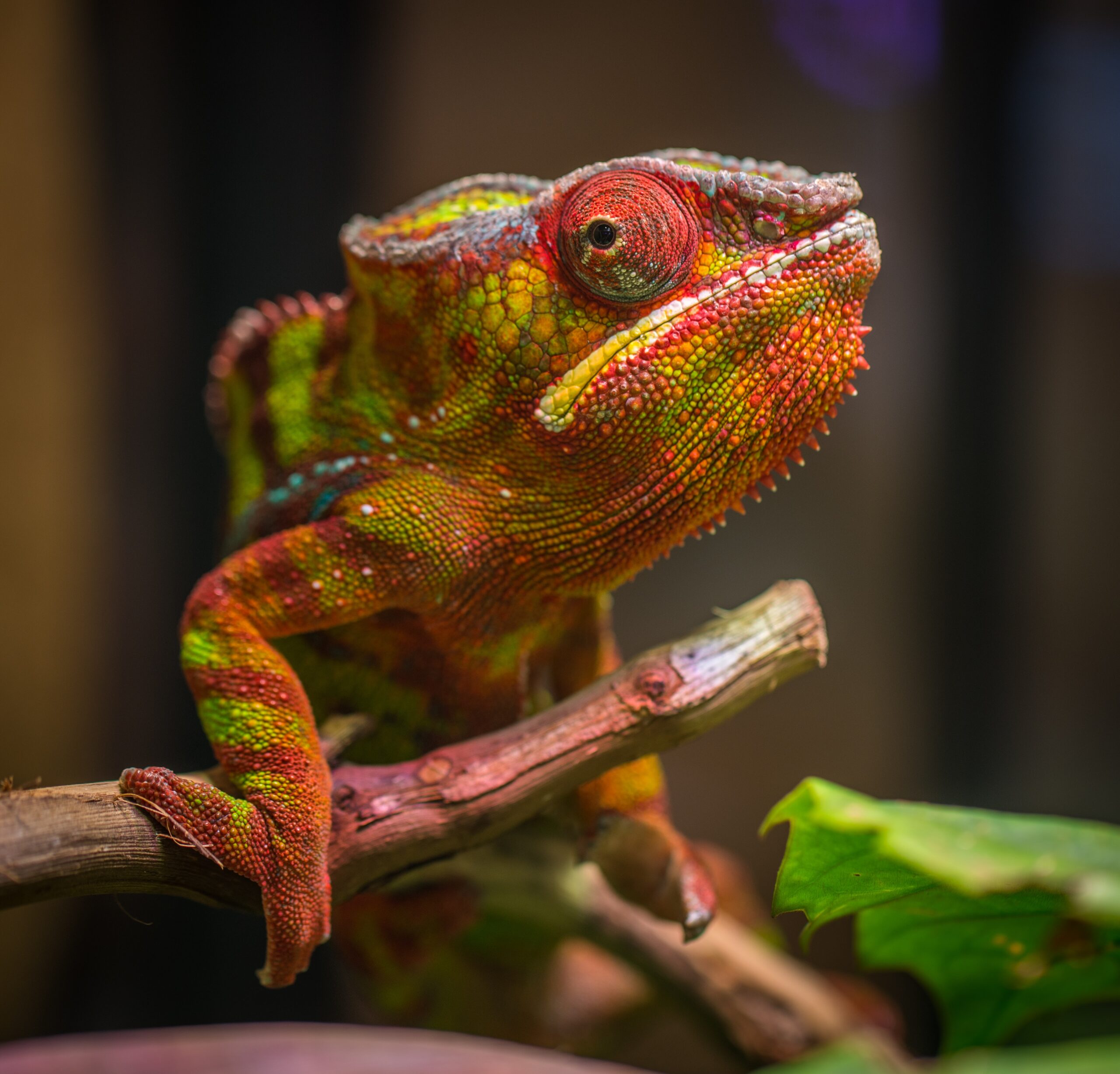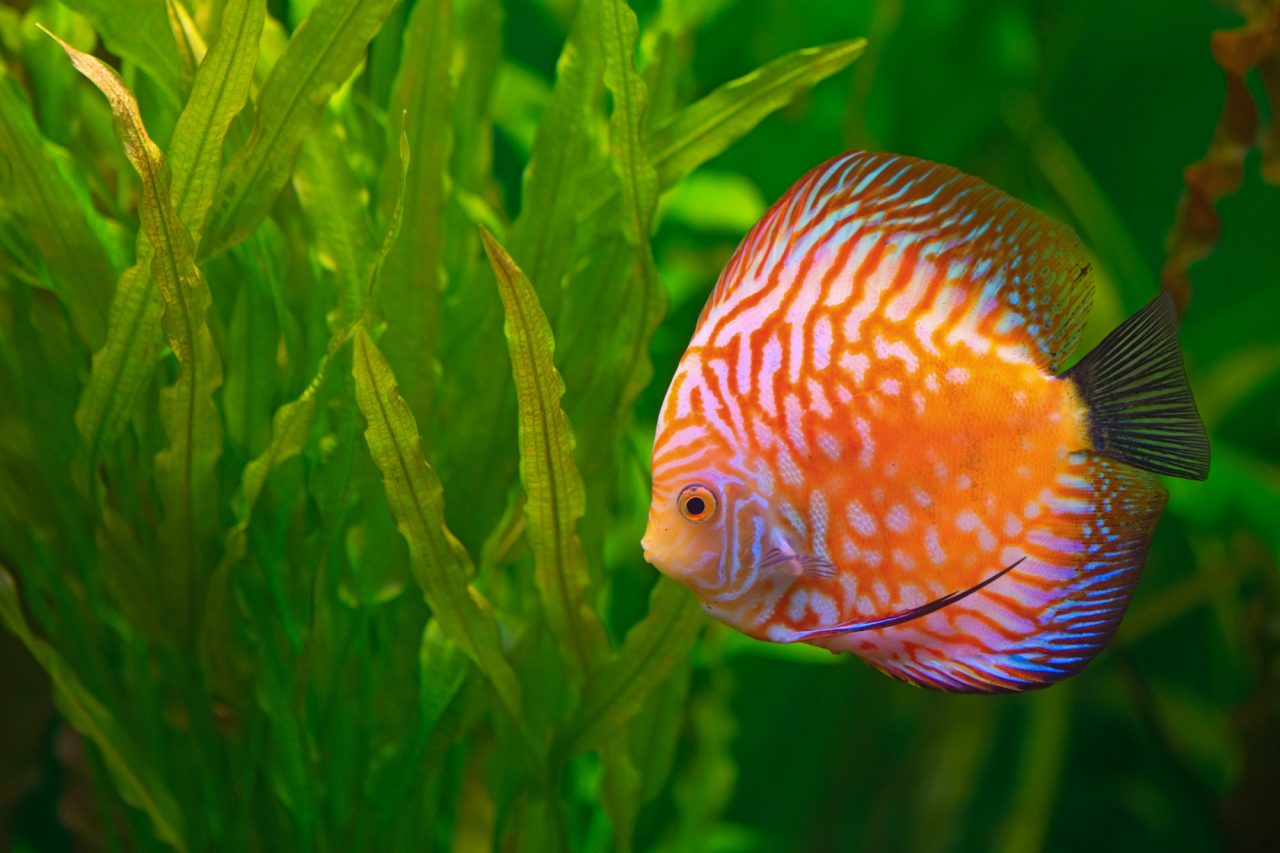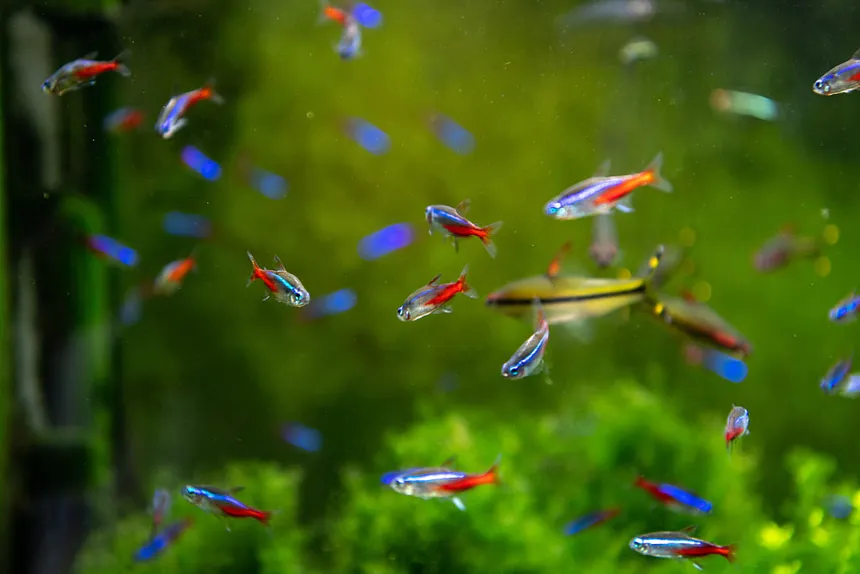Stress is a condition in which an animal is unable to maintain a normal physiologic state because of various factors adversely affecting its well-being. It’s caused by placing a fish in a situation which is beyond its normal level of tolerance. Any aquarium or pond condition that is not good for the inhabitants may cause excess stress, which usually leads to disease and oftentimes, death.
Overly stressed livestock are, by definition what we consider “sick.” Stressors trigger the release of hormones that prompt the animals to fight or flee, and they increase their heart rate, blood circulation, and respiration. At worst, continual stress will cause livestock to die of exhaustion. They may become so weak that their immune systems no longer function and they will succumb to diseases or conditions that would not otherwise affect them.
Most aquarium systems have a constant supply of funguses, bacteria, and protozoa’s that have little or no effect on healthy stock. Sufficiently stressed, however, they may fall prey to otherwise nonpathogenic organisms. marine fishes and invertebrates are more dependent on their environment than the terrestrial examples we are more familiar with. They are totally at the mercy of their owners to provide them with proper living conditions.
The 15 most common sources of stress are:
1) Improper pH or drastic and/or sudden changes in pH.
2) Improper temperature or sudden changes in temperature.
3) Improper salinity for short or extended periods.
4) No hiding places in which the inhabitants can retreat to feel safe. This includes not providing schooling fish with sufficient of their kind. Any schooling or shoaling fish requires at least three to five members of its own species to feel safe.
5) Aggressive tankmates. These can cause a fish to withdraw in hiding and miss out on feedings. Harassment or physical attack by tankmates leads to wounds, abrasions and further stress.
6) Poor diet. Deficiencies and dietary degenerative diseases are often the cause of loss of older captives.
7) High ammonia, nitrite, nitrate, or other metabolite levels. A high nitrite level prevents oxygen from reaching the cells and may cause suffocation or brain damage. Any detectable ammonia or nitrite is undesirable. For nitrates, there are many factors affecting toxicity and differences among species susceptibility. Keeping nitrate at less than 30 ppm for fish-only systems and less than 10 ppm in aquariums with invertebrates are appropriate goals.
8) Other toxins – chlorine, copper, detergents, iron, lead, zinc, commercial ammonia, nicotine, perfume/cologne, oil, paint fumes, and insecticides, including contaminants from dog and cat flea collars.
9) Too little or too much carbon dioxide, especially prevalent in systems that are either overcrowded with life or whose owners mismanage a CO2 infusion system.
10) Too much, too little, or irregular periods of light. Too much light (intensity, duration), affects the metabolism of all the livestock; too little light is problematic for photosynthetic invertebrates and algae. All benefit from a standard light interval of about 12 hours.
11) Dirty or cloudy water. cloudy water is usually caused by bacteria. the bacteria in the water may use up all the available oxygen or poison your stock with their metabolites.
12) Physical trauma such as pounding on the tank or sudden movements that scare the tank’s inhabitants.
13) Infectious and/or parasitic disease-causing organisms.
14) Any other sudden changes in the environment.
15) Overcrowding.





